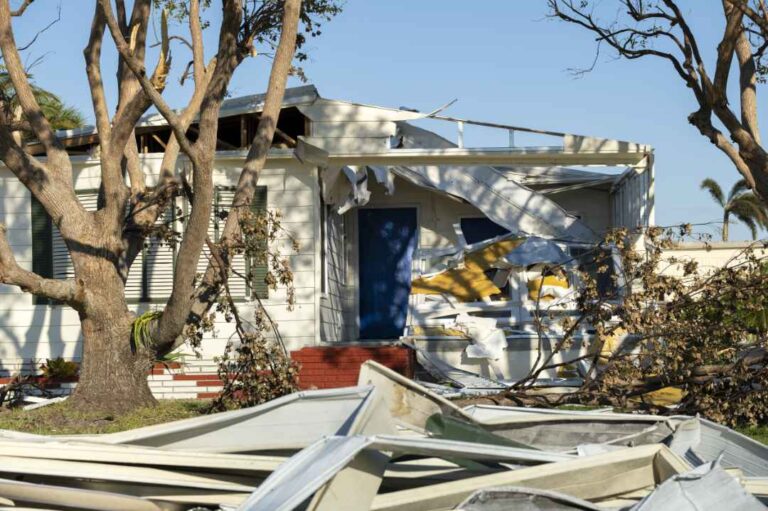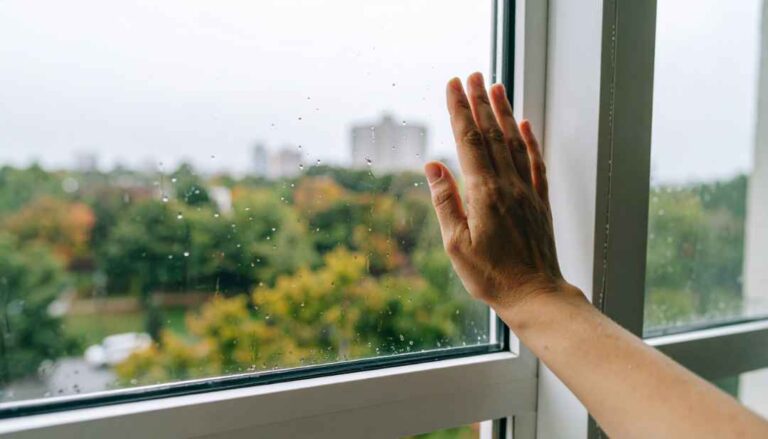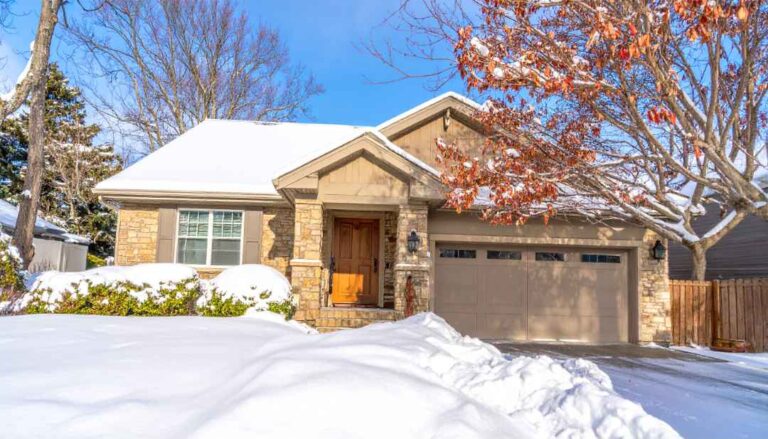Has your Illinois home recently weathered a severe storm, leaving behind a trail of roof, siding, or gutter damage? If you’ve already contacted your insurance company and received their initial estimate for repairs, you might be feeling a mix of relief and confusion. Relief that your claim is moving forward, but confusion because the amount offered seems… well, too low.
You’re not alone. In fact, for many Illinois homeowners dealing with storm damage, the first insurance estimate is often significantly less than what’s truly needed to fully restore their property. This isn’t necessarily a sign of bad faith, but rather a common reality of the insurance claims process.
At Seidel Exterior Group, a trusted name in Illinois exterior repair, we’ve witnessed this scenario countless times. Our deep industry knowledge and experience working with homeowners across the state have equipped us with a clear understanding of why initial estimates fall short and, more importantly, how to effectively challenge them to secure the comprehensive coverage your home truly deserves.
Why Initial Insurance Estimates Are Frequently Underestimated
There are several key reasons why your first insurance estimate might not align with the true cost of storm damage repair:
- Time Constraints and Scope Limitations for Adjusters: Insurance adjusters are often juggling multiple claims, especially after widespread storm events in Illinois. Their initial inspection might be a quick overview, focusing on obvious, visible damage. They may not have the time or specialized equipment to uncover:
- Hidden Damage: Hail impacts can cause micro-fractures in shingles or create “bruises” on siding that are only visible from certain angles, under specific lighting, or after closer inspection. Wind can lift shingles just enough to compromise their seal, leading to future leaks that aren’t immediately apparent.
- Underlying Issues: Water infiltration from a damaged roof or siding can lead to mold, rot, or structural compromise in the sub-layers of your home, which won’t be seen until demolition begins.
- Collateral Damage: A damaged roof might lead to interior ceiling stains or drywall damage that an exterior-focused adjuster could overlook.
- Lack of Specialized Contractor Expertise: While adjusters are trained in claims, they typically aren’t licensed and experienced exterior contractors. They may not possess the same granular understanding of construction nuances, material costs, and labor intricacies specific to roofing, siding, and gutter replacement. Their estimates are based on general benchmarks, not necessarily the precise, often fluctuating, costs in the Illinois market.
- Use of Standardized Pricing Software (Xactimate) with Potential Discrepancies: Insurance companies largely rely on software like Xactimate to generate estimates. While powerful, these systems use databases of material and labor costs that might not always perfectly reflect real-time market rates in your specific Illinois locale.
- Outdated Pricing: Inflation and supply chain issues can cause material costs to spike rapidly. If the database isn’t updated frequently enough, the estimate will be low.
- Generalized Data: The software might use average pricing that doesn’t account for specialized materials, complex architectural features of your home, or the specific skill level required for certain repairs.
- Missing Line Items: Adjusters may inadvertently omit necessary line items for specific tasks, such as hauling away debris, permit fees, custom flashing, or specialized equipment rental, which can add up significantly.
- Depreciation and “Actual Cash Value” (ACV) vs. “Replacement Cost Value” (RCV): Many policies initially pay out based on Actual Cash Value (ACV), which is the replacement cost minus depreciation for age and wear and tear. This means your first check will be for a lower amount. Most homeowners policies (especially for major components like roofs) have Replacement Cost Value (RCV) coverage, meaning you’ll receive the depreciated amount initially, and then the remainder (the “depreciation holdback”) once repairs are completed and proven. If you don’t understand this, the initial check can seem alarmingly low, leading you to believe you’re underpaid when a second payment is still pending.
- Policy Limitations and Exclusions: While your policy covers many perils, there might be specific exclusions or limitations for certain types of damage (e.g., pre-existing conditions, lack of maintenance). An adjuster’s estimate will reflect only what they believe is covered under your specific policy terms.
- Negotiation as a Business Tactic: Fundamentally, insurance companies are businesses. Like any business, they aim to manage costs. Offering a lower initial estimate can be a strategic starting point for negotiations, hoping the homeowner accepts it without challenging.
Your Power to Negotiate: How Seidel Exterior Group Empowers You
Knowing why estimates are often low is the first step; the next is knowing how to effectively challenge them. This is where Seidel Exterior Group truly shines as your dedicated partner. We don’t just provide a quote; we become your advocate, ensuring your home receives the full, quality restoration it deserves.
Here’s our proven approach to help Illinois homeowners negotiate for a fair settlement:
- Conducting a Thorough, Granular Inspection: Our certified storm damage experts perform an exhaustive, multi-point inspection that goes far beyond what an initial insurance adjuster might do. We look for:
- Subtle Hail & Wind Damage: We understand the specific patterns of hail impacts (including “bruising” on shingles and siding that may not be obvious) and the ways wind can compromise roof seals and siding attachments.
- Hidden Water Ingress: We identify potential points of water entry that could lead to unseen damage to decking, insulation, and interior structures.
- Pre-Existing Conditions vs. Storm Damage: We distinguish between new storm damage and pre-existing wear and tear, ensuring only what’s covered by the storm is included in our assessment.
- Full Scope of Damage: We inspect all exterior components – roof, gutters, siding, windows, and even fascia – to ensure no related damage is overlooked.
- Detailed, Evidence-Based Documentation: We meticulously document every single instance of damage. This isn’t just a quick photo; it’s a comprehensive portfolio of evidence:
- High-Resolution Photography & Video: We capture clear, date-stamped images and video of every damaged area, often with reference points for scale and location. This visual proof is irrefutable.
- Detailed Damage Reports: We create professional, itemized reports that outline the type, location, and extent of damage for each component, citing industry standards and manufacturer specifications.
- Drone Inspections (where applicable): For hard-to-reach or extensive roof damage, drones provide an unparalleled view and documentation, capturing angles human eyes might miss.
- Professional Estimating with Xactimate Proficiency: Our team is highly skilled in using Xactimate, the same software insurance companies use. This allows us to:
- “Speak Their Language”: We generate our estimates using the same line items and format, making it easier for adjusters to understand and approve.
- Identify Discrepancies: We can cross-reference the insurance company’s estimate with ours, pinpointing missing line items, underestimated quantities, and outdated pricing.
- Account for Code Upgrades: Illinois building codes are routinely updated. If your storm damage necessitates bringing your home up to current code (e.g., specific ice and water shield requirements, upgraded ventilation), we will clearly identify these needs and include them in our estimate, as they are typically covered by your policy.
- Direct Communication and Advocacy with Your Adjuster: We take the burden of negotiation off your shoulders. Our experienced project managers and claims specialists will:
- Present Our Findings: We communicate directly with your insurance adjuster, presenting our comprehensive damage assessment and detailed Xactimate estimate.
- Justify Every Line Item: We articulate why each repair and material is necessary, referencing photographic evidence, industry standards, and relevant building codes.
- Educate and Persuade: We engage in informed discussions with the adjuster, highlighting overlooked damage and explaining the rationale behind our higher estimate. This often involves a re-inspection with both the Seidel team and the adjuster present.
- Facilitate Supplemental Claims: As discussed in our previous article, if additional damage is uncovered during the repair process, or if the initial estimate truly fell short, we seamlessly handle the supplemental claim process to ensure all necessary work is covered.
- Focus on Full Restoration, Not Just Minimal Repair: Our commitment is to restore your home to its pre-storm condition, ensuring long-term protection and curb appeal. Accepting a low initial estimate often means settling for a partial repair that could lead to premature failure or future issues, leaving you responsible for subsequent costs. We fight for a settlement that allows for a complete, high-quality, and code-compliant restoration.
What You Can Do As an Illinois Homeowner:
- Don’t Rush to Accept: Your initial estimate is just that – an estimate. You are not obligated to accept it if it doesn’t cover the full scope of repairs.
- Get a Professional Assessment: Before accepting any offer, contact a reputable local contractor like Seidel Exterior Group for an independent, comprehensive inspection. We’re based right here in Illinois and understand the unique weather challenges and building codes of our state.
- Understand Your Policy: Review your insurance policy, paying close attention to “Replacement Cost Value” (RCV) vs. “Actual Cash Value” (ACV), “Code Upgrades,” and “Matching” clauses. Knowing your coverage empowers you.
- Document Everything Yourself: Take your own photos and videos of the damage from various angles, even if you think it’s minor. Keep a detailed log of all communications with your insurance company, including dates, times, names, and what was discussed.
Your Home Deserves the Best – And So Do You
Dealing with storm damage is stressful enough without the added worry of fighting for a fair insurance settlement. At Seidel Exterior Group, we pride ourselves on being more than just contractors; we are your dedicated partners in navigating this challenging process. We empower Illinois homeowners by providing the expert knowledge, meticulous documentation, and persistent advocacy needed to ensure your home is fully and properly restored.
Don’t leave money on the table or settle for incomplete repairs. Let Seidel Exterior Group help you get the fair and comprehensive insurance payout you deserve.



